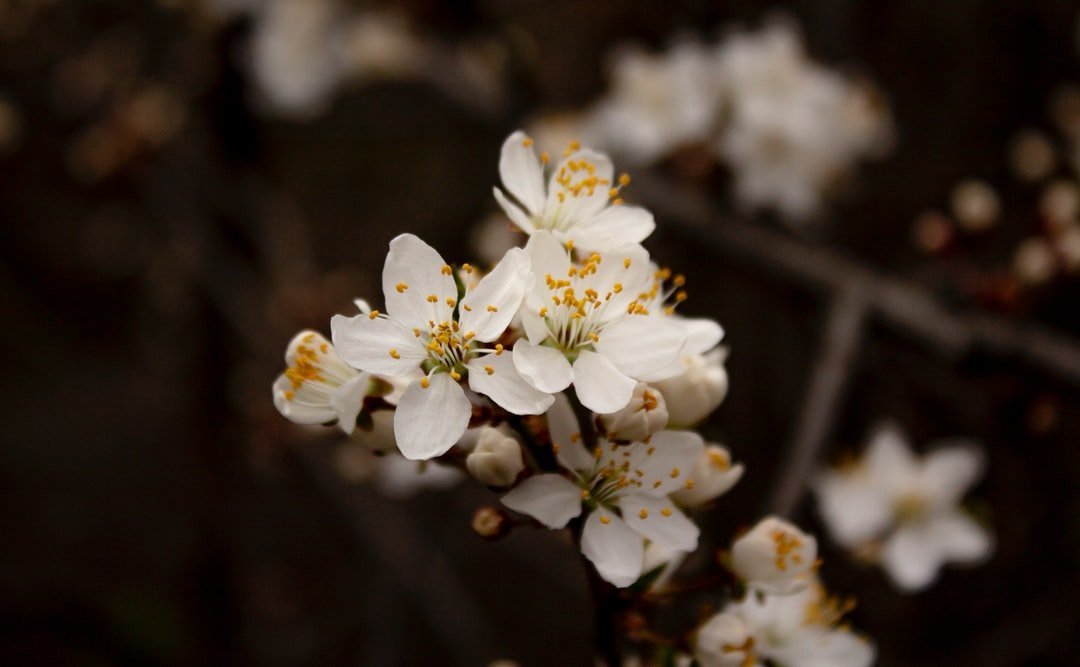
THE TWO LINDEN TREES OF CHRONICLER MULA MUSTAFA BAŠESKIJA
Author: Prof. Enes Karić, PhD, Faculty of Islamic Studies of University of Sarajevo • Photo: Anton Maksimov

Sarajevo chronicler Mula Mustafa Bašeskija (1731-1809) is one of the best-known Bosnian and Herzegovinian authors of the 18th and early 19th century. His Chronicle, naturally, describes many people. To a large extent, his Chronicle is also a necrology. In any event, his Chronicle is primarily a magnificent book about diverse people and their natures. Still, as an Islamic mystic and a 'son of his time', Bašeskija paid almost the same attention to rain, storms, blizzards, floods, earthquakes, animals, withered plants and gardens in the city of Sarajevo, which he almost never left for very long.
Bašeskija particularly loved plants. On page 84 of the Chronicle he says:
“This year, Mula Muharem Vilajetović planted a linden tree beside Pačadži hadži Nesuh's masjid.” These words of Bašeskija show both that he respected the law of Nature and that he saw man in the role of an enhancer, a kind of a guide of natural processes.
For Bašeskija, 'the planting of a linden tree beside Pačadži hadži Nesuh's masjidʼ was an event, and he gave it space in his Chronicle. As an Islamic mystic, Bašeskija always had a series of realities in front of himself, and not only human reality, although he did not ignore that either. For him, the planting of a linden tree is an inner need of nature, which man replaces. ʼIf Doomsday comes tomorrow and you, my man, have some time – plant a fruit tree and that will be a good deed', pronounces Bašeskija's tradition.
Looking equally at man, nature, plants and other similar things, Bašeskija reveals, at least through his literary style, that he belongs to those cultures and civilizations which have never called into question the existence and integrity of nature. The ecological problem is impossible where the heroes of literary works include both plants and animals, together, naturally, with people.
Chronicler Bašeskija empathizes with nature, he fades when nature fades. Here is what the grieving chronicler writes about another linden tree (p. 312): “...in the courtyard of the Imperial Mosque, by the library, a big linden tree shriveled, and they cut it down.” In this place in Bašeskija's Chroniclesentimentality is not explicitly expressed, but it is made implicit.
These two linden trees are two plants, apparently casual heroes of his Chronicle. Bašeskija certainly speaks of the beginnings of winter, cold snaps, rains, droughts, plagues, but some particularly beautiful parts are his “reports” on the blossoms in Sarajevo where, without using too many epithets, he reveals the truth about their beauty, just as much as the human eye can see and discern. Blossoms are inseparable from Sarajevo gardens. Sparks of the sentimental always loom when an untimely frost destroys the blossoms or, as Bašeskija says, the bloom, on the trees.
